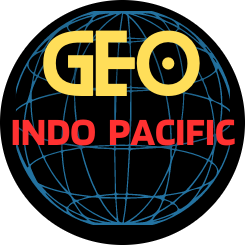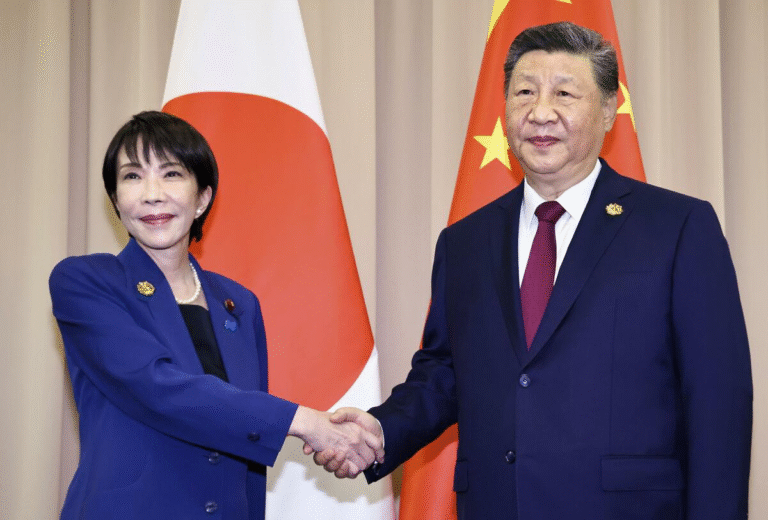
The Armed Forces of the Philippines’ (AFP) ongoing implementation of its Comprehensive Archipelagic Defense Concept (CADC) marks a strategic shift from counterinsurgency operations, which were the AFP’s top priority for decades, to territorial defense.
Launched in 2024, the CADC seeks to acquire the capabilities to project military power to deter unwanted incursions or unlawful activities across the Philippine archipelago, including ensuring the nation benefits from natural resources within its internationally recognized exclusive economic zone (EEZ). The initiative incorporates air and maritime defense training, improved surveillance and reconnaissance capabilities, and other enhancements.
Beijing’s looming shadow is a central impetus for the initiative.
“What China is doing makes the Philippines — compels the Philippines — to defend itself [and] assert its rights against China,” Philippine Defense Secretary Gilberto Teodoro told the Hoover Institution, a United States-based think tank, in early 2025. “What is being done to the Philippines is forcible stealing of its rights, sovereign rights, in the exclusive economic zone which the Philippines has the sole right to explore, exploit resources in, by China. And doing this through not only words but through muscle.”
Alongside the CADC, the AFP has launched the third phase of its modernization program, dedicating $35 billion over the next decade, The Diplomat magazine reported in February 2025. Enhancements are planned in domain awareness; connectivity; and command, control, communications, computers, intelligence, surveillance, target acquisition and reconnaissance, known as C4iSTAR. Upgrades to area denial, and maritime and aerial deterrence also reflect the focus on strengthening external defense.
The AFP’s realignment has brought notable progress, with counterinsurgency operations accounting for about 20% of the overall mission and a growing focus on broader strategic goals, Joshua Bernard Espeña, an international relations lecturer at the Polytechnic University of the Philippines, told FORUM.
The CADC priorities include boosting interoperability with allied forces through training, aligning military doctrines and intelligence sharing, Espeña said. Manila has bolstered security partnerships and joint operations with Allies and Partners in recent years to strengthen its deterrence capabilities.
In late March 2025, for example, Philippine and U.S. forces kicked off the annual Salaknib exercise in the Philippines. The drills, which enhance war-fighting capabilities and reinforce the commitment to safeguarding Manila’s territorial integrity, are part of a training series that includes the Philippines-hosted multilateral exercise Balikatan.
Also in March, U.S. Defense Secretary Pete Hegseth announced that Washington will deploy more advanced capabilities to its longtime ally, including an anti-ship missile system and uncrewed surface vehicles during Balikatan.
Engagements with security partners demonstrate the Philippines’ leadership, while aligning regional objectives with those of allies such as Australia, Japan and the U.S., Espeña said.
Logistics will be key to the CADC’s effectiveness, according to Espeña.
“Defending an archipelago with vast coastlines, numerous chokepoints, [a] dangerous EEZ and uneasy neighbors is a serious business. So, logistics is an arbiter of opportunity,” he said. “Here, developing a robust [domestic] defense industry is crucial. … The Philippines must candidly tell its like-minded counterparts that it knows what it intends to do to deter China and convey what it needs to link the resource and industrial base towards collective deterrence for the years to come.”





